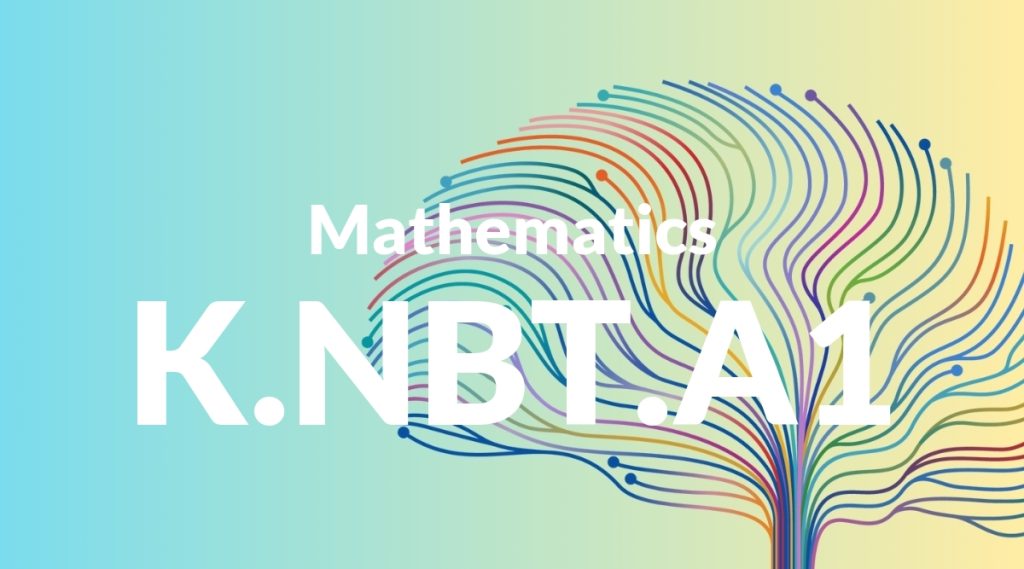Standard: K.NBT.A1 – Compose and decompose numbers from 11 to 19 into ten ones and some further ones, e.g., by using objects or drawings, and record each composition or decomposition by a drawing or equation (such as 18 = 10 + 8); understand that these numbers are composed of ten ones and one, two, three, four, five, six, seven, eight, or nine ones.
Grade level: Kindergarten
Subject: Mathematics
Domain: Number & Operations in Base Ten
Teacher Overview
This standard focuses on helping students understand the composition of numbers 11-19 as ten ones and some additional ones. This concept is crucial for developing a foundational understanding of place value, which is essential for future mathematical operations. Students should be comfortable counting to 10, recognizing numbers, and performing basic addition and subtraction.
Mastering this standard will prepare students for understanding place value, which is essential for performing addition and subtraction with larger numbers.
Common Misconception 1
A common misconception is that students might think 11 is composed of one and one rather than ten and one. This misunderstanding can hinder their grasp of place value.
Intervention 1
To address this, use visual aids such as ten frames and base-ten blocks to clearly demonstrate that 11 consists of ten ones and one more.
Common Misconception 2
Another misconception is that students may not grasp that numbers 11-19 are made up of a group of ten and additional ones. They might see these numbers as individual units without recognizing the group of ten.
Intervention 2
Hands-on activities where students physically group objects into tens and then add the remaining ones can help clarify this concept.
Prerequisite Knowledge
Students should be able to count to 10, recognize numbers, and understand basic addition and subtraction.
Subsequent Knowledge
Students will develop an understanding of place value, which is foundational for addition and subtraction with larger numbers.
Instructional Activities
- Using ten frames to represent numbers 11-19
- Building numbers with base-ten blocks
- Drawing pictures to show compositions of numbers
- Creating and solving equations to represent number compositions




